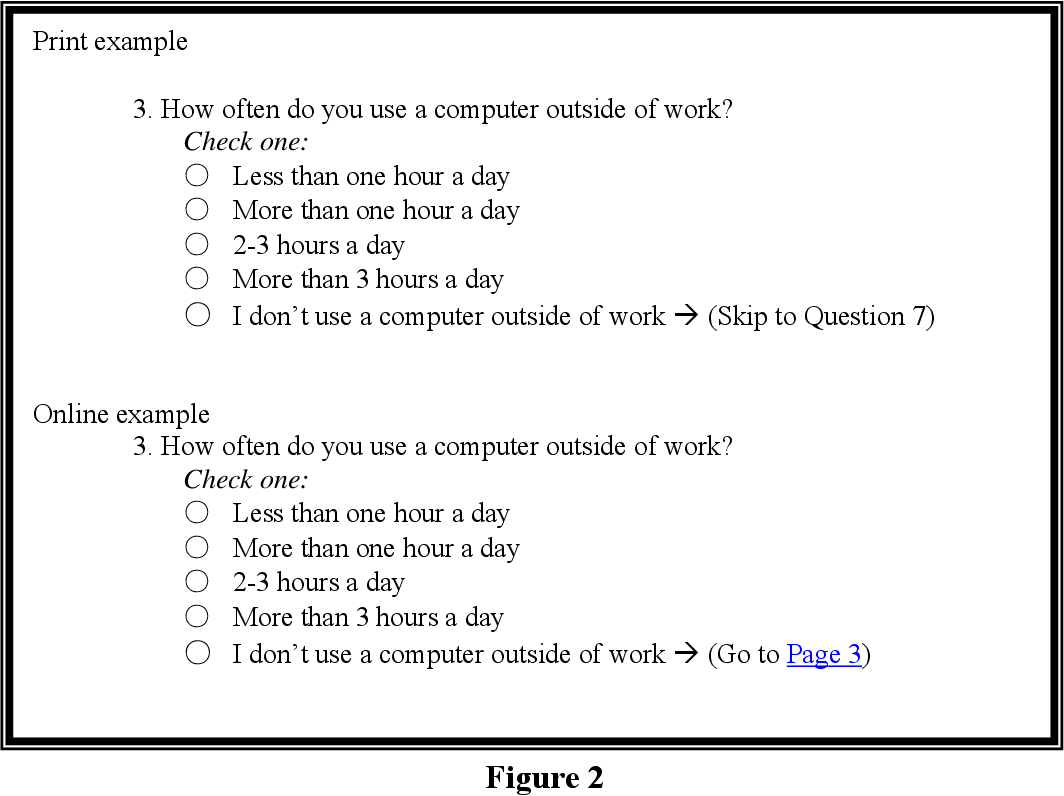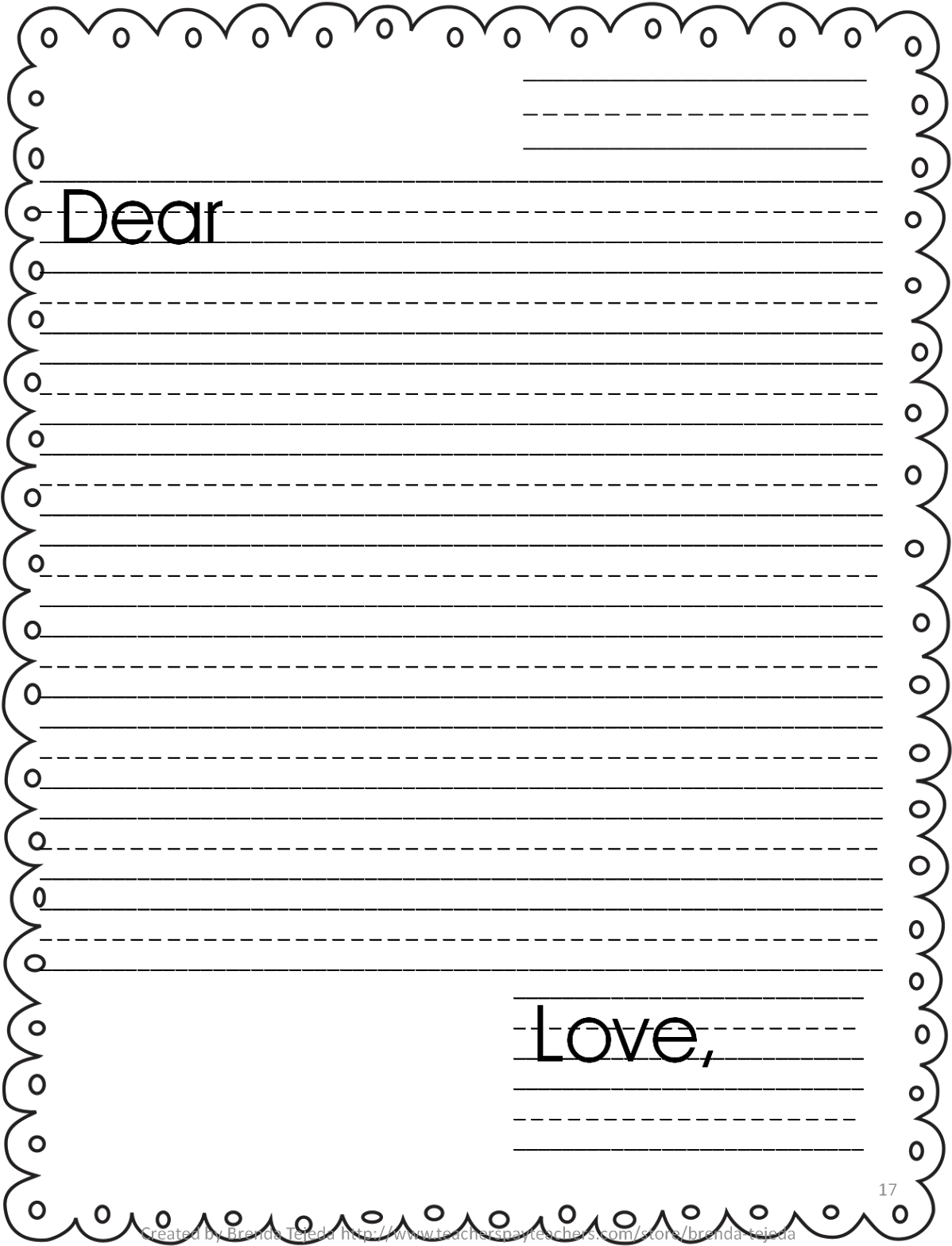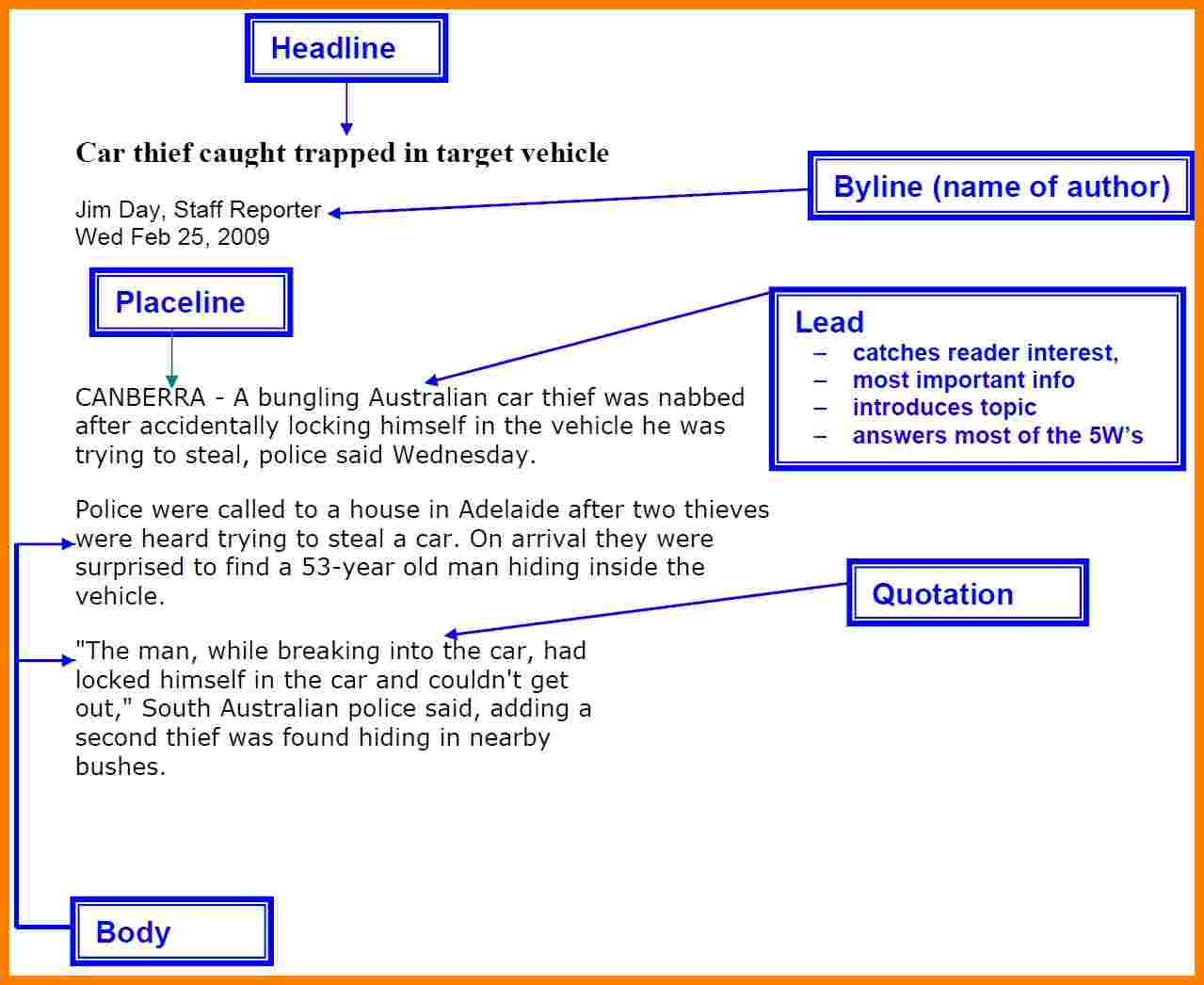There are many different ways to design your letterheads, but the basics are pretty simple. Try keeping it simple, adding a border, or using a digital signature. Stick to a theme for your letterheads, and you’ll be on your way to creating a more professional looking business card. In this article, I’ll share some tips and tricks for designing your letterheads. I hope this article has been helpful.
Simple design
When it comes to creating a simple design for letter headed paper, simplicity is the key. The ideal letterhead should have a simple grid structure that breaks the page up into squares or rectangles. A well-designed letterhead will be divided into horizontal thirds with the top third being dedicated to a logo, and the middle one dominated by the letter text. While this may not be the most exciting way to create a simple design for letter headed paper, it is a common and effective technique that will help you achieve the desired results.
A simple design for letterhead will make it easy to make changes. The first step is to change the font. You can change the font to a more legible one or even choose a different color. Make sure that the font is easy to read and the size is between ten and fourteen. It should also be separated into two or three paragraphs so that the content is easy to read. Creating a simple design for letter headed paper can be a simple process, and there are several free fonts available online.
Adding a border
Adding a border to a letter-headed paper is a simple yet effective way to add visual interest and style to the document. Modern printers have the ability to print to the edges of the sheet, so borders can be used to add color and detail to a layout. Besides, borders can help draw attention to important information, like contact details. You can even use a custom border to add interest to your letter-heading.
Creating a header and footer in Word allows you to create different page margins. For example, the top margin of a letter-heading should be 0.75″ for the header paragraph. Increase the margin on the second page to make room for additional header paragraphs. Then, repeat the process for all subsequent pages of the letterhead document. The letterhead will appear faded and will have an uneven margin.
Adding a digital signature
If you’re interested in securing your correspondence, adding a digital signature to your letterheaded paper is an excellent way to accomplish this. Unlike a traditional digital signature, which includes text or marks in the document, invisible digital signatures only attach metadata to the document. They ensure that the document is authentic, even if the signature isn’t visible. For example, when adding a digital signature to a letter, you can upload an image of the digital signature.
First, you need to make a copy of the document in question. If you’re using a Word document, you can insert the scanned signature image by cropping it. Once you’ve made the necessary adjustments, save the document as a PDF and upload it to a letter service. The signature image can also be reused on subsequent letters if you wish. You can find software that allows you to crop images in Word.
Sticking to a theme
When writing a letter, consider the purpose of the piece. While it was once merely a piece of paper bearing the business’s name and contact information, letterheads have now become works of art. In fact, a letterhead can be considered the haiku of a brand. You’ll want to consider your message and design as much as your business, but avoid making the entire letter too busy.
First, you’ll need to create the letterhead. To do so, use a Word document and insert the header. Then, enter your letterhead text. Don’t forget to add your business’s logo, if applicable. Once you’ve done that, click preview and save your file. The letterhead will look better than you think! Hopefully, you’ll have an idea of what you want it to look like.




